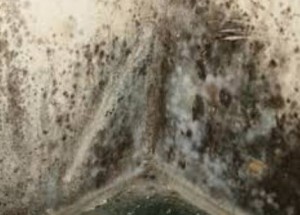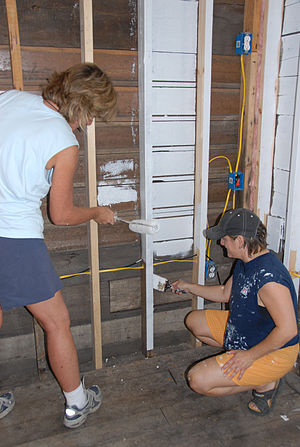Toxic Mold: 5 Devastating Health Risks of Mold Exposure

Mold is everywhere. It exists in the air and on many surfaces. Indoors, they flourish wherever there is moisture. The most common of these molds are Aspergillus, Alternaria, Cladosporium and Penicillium. Also present, although less common, is Stachybotrys chartarum. Mold spores enter homes and offices through windows, doors, outdoor air intakes, air conditioning systems, ventilation and heating systems. Spores become attached to people and pets, which themselves become carriers of spores on shoes, clothing, bags, hair and fur.
While not toxic in themselves, molds can produce chemicals called mycotoxins unpleasant health conditions. Here are five of the most devastating health risks of mold exposure.
Acute Pulmonary Hemorrhage – This is acute bleeding in the respiratory system, particularly in the upper respiratory tract and trachea but may also spread to the lung. It is characterized by an oozy flow of blood from the nose. It may rapidly progress to worsening of respiration, cyanosis and shock.
Aflatoxin – This is commonly found in field corn and in peanuts. This is a cancer-causing poison.
Aspergillosis – Caused by the fungus, Aspergillus, affects various organs. It affects mostly people with compromised immune systems, such as patients recovering from chemotherapy or surgery. It may also affect immunocompetent people, particularly if they have suffered tissue damage from tuberculosis or other lung condition.
Mold-induced hypersensitivity – This is caused by direct inhalation of fungal spores, dead or alive. This can progress to allergic asthma or allergic rhinitis.
Toxic black mold – This is caused by an organism called Stachybotris, and comes from poor indoor air quality resulting from indoor flooding. It has a wide range of effects and may manifest itself as fatigue, fever, headaches, irritation to the eyes, mucous membranes, throat, sneezing, rashes and chronic coughing. In severe cases, it can cause nausea, vomiting and bleeding in the nose and lungs.

Flood specialists such as the San Diego Flood Damage Repair specialists are trained to deal with the aftermath of fungal contamination from indoor water. Prompt drying out of materials, followed by cleaning of walls with commercial soap and water or a bleach solution (1 cup bleach in 1 gallon of clean water) will be necessary to inhibit the growth of mold. If carried out completely and promptly, the symptoms of toxic mold may be prevented. Bleach should never be mixed with water. Note that if a home has been flooded, it may become contaminated with sewage.
Most surfaces may be cleansed of mold using the techniques described above or with a competent mold damage repair specialist. Water damaged carpets and moldy furniture needs to be removed and completely replaced.
Here are a few strategies to prevent mold growth:
- Maintain humidity levels at 50% or lower.
- Use a dehumidifier or air conditioner during humid months of the year.
- Use mold inhibitors; these may be added to paints.
- Use mold-killing products to keep bathrooms clean.
- Do not have carpet in your bathroom, not even the water-resistant kind.
- Make sure your home is adequately ventilated. Use exhaust fans in bathrooms and kitchens.

Category: Home Repair





